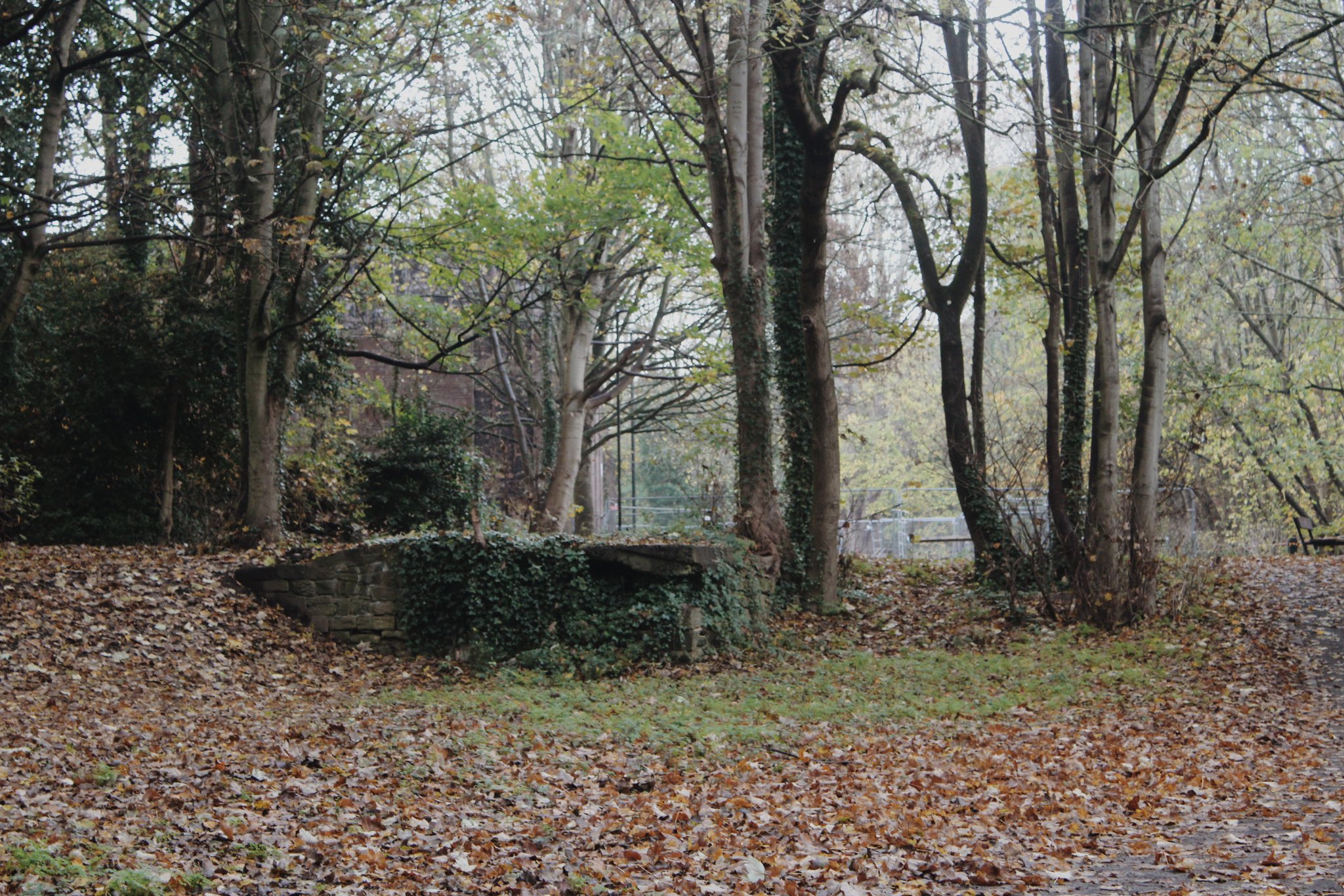
Jesmond, Newcastle
Jesmond Vale Flint Mill
Last Updated:
2 Aug 2024
Jesmond, Newcastle
This is a
Mill
54.982043, -1.591688
Founded in
Current status is
Demolished
Designer (if known):

A stone base can still be seen as well as the access road.
"This was originally a flint mill, although in the 1880s it was used by Stephen Renoldson and his two sons to grind flour. The "Washing Tubs" were a series of wooden troughs used to carry water from the burn to the dam connected with the Flint Mill. The first standing engine made by George Stephenson after he commenced business for himself, was erected in this old flint mill. The millrace ran from Greenwater Pool to the mill, then to Ouseburn Leadworks (HER 4144) and into the Ouseburn. The 2nd edition Ordnance Survey Plan shows long head and tail races, associated with the mill itself. Only the southern part of the tail race is marked on the 1st edition Ordnance Survey Plan."
Sitelines
NEHL - There are still some low lying remains in the undergrowth at the vale. They appear to be the ground foundations of the mill itself, featured against the old lane to the mill from Jesmond. Little else is seen though there's some stonework of interest along the dene.
Listing Description (if available)


Both maps above, from the 1860s and 1890s, illustrate the flint mill in Jesmond Vale. In the 1850s (when the area was surveyed) the area was still relatively rural, with Goldspink Lane being the lane from Sandyford and Newcastle to the small settlement next to the Ouseburn. The flint mill was one of a few industries next to the burn at the time. By the 1890s, Sandyford and wider Jesmond had grown rapidly, with the terraces you would come to expect developing in the couple decades prior. The mill was out of production by this point, though only a few years before was used to grind flour before its demise.

By 1916 the area had fully 'suburbanised'. The flint mill, rather miraculously lied in situ even though it had been out of business for 20 years. Goldspink Hall above the hill was no more, and the terraces had fully enveloped the area. Jesmond then was very much the similar to how it is today.

Part of the mill can still be seen - this is a base for one of the buildings, next to the access road for which the earthworks are still obvious on the left.
